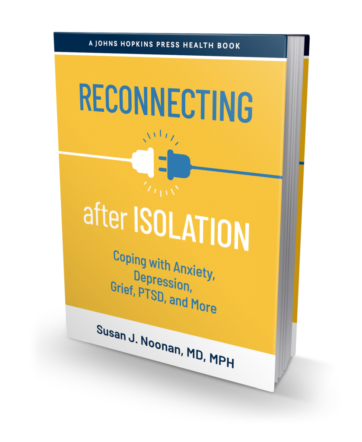 This is an interesting question that was addressed in a recent study published online in JAMA Psychiatry by a group of researchers at the University of Michigan. Traditionally women are diagnosed with depression twice as often as men. This may be because men may experience different symptoms or that they are reluctant to report traditional symptoms as described by the American Psychiatric Association’s DSM-IV or 5 (sadness, crying) because doing so is socially unacceptable for a male. It may be because men experiencing emotional pain may be more likely to react with anger, aggression, irritability, self-destructive behavior, numbing of the pain with substance abuse, gambling, or workaholism. It may also be that men may be socialized to withhold or restrict their feelings of emotional pain and psychological distress. So, the authors argue that it may be important to look at alternative symptoms of depression in men.
This is an interesting question that was addressed in a recent study published online in JAMA Psychiatry by a group of researchers at the University of Michigan. Traditionally women are diagnosed with depression twice as often as men. This may be because men may experience different symptoms or that they are reluctant to report traditional symptoms as described by the American Psychiatric Association’s DSM-IV or 5 (sadness, crying) because doing so is socially unacceptable for a male. It may be because men experiencing emotional pain may be more likely to react with anger, aggression, irritability, self-destructive behavior, numbing of the pain with substance abuse, gambling, or workaholism. It may also be that men may be socialized to withhold or restrict their feelings of emotional pain and psychological distress. So, the authors argue that it may be important to look at alternative symptoms of depression in men.
This article, titled The Experience of Symptoms of Depression in Men vs Women: Analysis of the National Comorbidity Survey Replication, suggests that male depression is not a separate disorder but rather that its current symptom profile does not include symptoms that fully reflect men’s experiences. The importance of this study is that it suggests that when men are depressed they may experience symptoms that are somewhat different than what is included in the current diagnostic criteria for depression.
The authors used data (information) obtained from a national mental health self-report survey of English speaking adults in the United States. They assessed sex differences in depression symptoms using two rating scales that included eight alternative (male-specific) symptoms of depression such as anger attacks/aggression, alcohol and substance abuse, and risk taking behavior. First they looked at the alternative symptoms of depression and found that they were more common in men as compared to women. Then they combined the alternative symptoms with fifteen traditional symptoms of depression (sad/depressed mood, tiredness, loss of vitality) in a new rating scale and found that men and women met the criteria for depression in equal proportions.
There are limitations to this study. It is a secondary data analysis, which means that the authors were unable to evaluate certain symptoms. It is also not clear whether an individual’s symptoms occurred during the same time period, which is an important fact to know.
The authors suggest that relying only on men’s disclosure of traditional symptoms of depression may lead to an under-diagnosis of depression in men. Further study is required to clarify which symptoms accurately reflect men’s experience of depression, and in so doing determine whether men and women experience depression in equal proportions. It is an interesting question to ponder.
